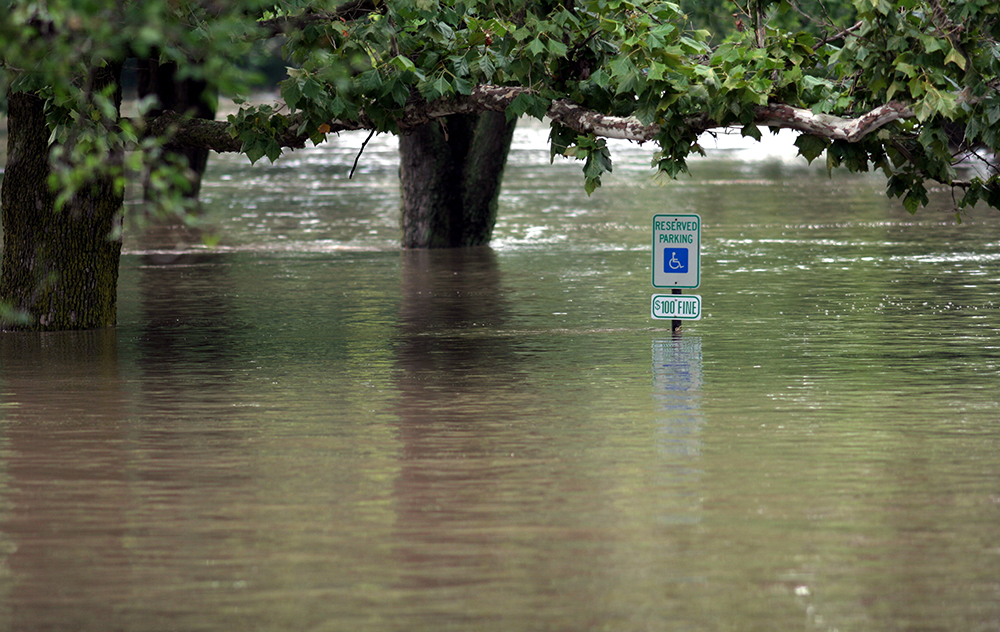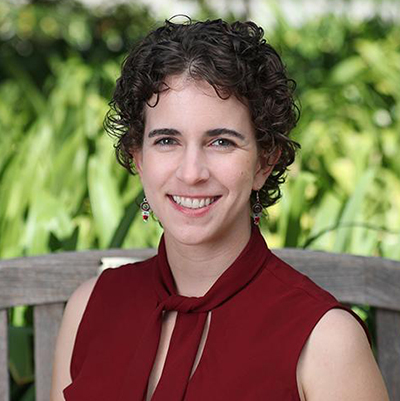
Ensuring the Safety of People With Disabilities During Climate Change
Assistant Professor Molly M. King says FEMA hasn’t prepared enough to protect people with disabilities from climate change. Her critical realist model for climate justice could bring those concerns to the forefront.
In times of emergencies and natural disasters, people with disabilities face challenges many do not think about. Lack of access to clean water and emergency healthcare makes those with mobility issues at higher risk of infection. People with cognitive issues can struggle to understand necessary warnings and information, and those with hearing or vision impairments often miss warnings entirely because they are often not delivered in ways they need.
“Disabled people are often excluded from evacuation centers,” assistant professor of sociology Molly M. King says. “Emergency planners either fail to adequately plan for the needs of disabled residents in their communities, or do not include them in any emergency plans.”
In fact, in 2007, two-thirds of the Federal Emergency Management Agency (FEMA) reported no intention of modifying disability guidelines to accommodate people with disabilities, despite experiencing natural disasters and having problems with accessibility explicitly pointed out to them.

Molly King
As climate change worsens, the chances of natural disasters increase dramatically. The lack of preparation on behalf of the 61 million Americans with disabilities must be acknowledged, and King hopes to be the catalyst for shifting focus onto this pressing issue.
In collaboration with Maria Gregg ’21, King summarized existing research on these oversights in preparing for climate change. King and Gregg published a peer-reviewed article in Sociology Compass, where they detail a “critical realist model of climate justice” that assesses whether the needs of people with disabilities are being considered. The model includes four elements: contextual and environmental features that promote vulnerability among folks with disabilities; features that help promote adaptive capacity to climate change; perceptions of and information gathering about climate change; involvement in climate action and policy.
As discussed in the review, King argues that institutional transformation will help address the ongoing issue. She recommends that institutions make the disabled population more visible by including them in conversations and positions of leadership, especially since climate change reports do include other marginalized populations like ethnic minorities.
Bringing in members of the disabled community–including those with physical, cognitive and communicative disabilities–into leadership roles will bring their issues to the forefront and ensure their opportunity to be seen, ultimately promoting climate justice or the opportunity to have equal chances of survival during disasters as others. More data collection, statistics and information in research and reports, that include people with disabilities is needed.
The published review is just the first article in King’s research on how people with physical disabilities attain information about climate change, and how that informs their understanding and experience of its risks. This project is also in collaboration with Gregg and current students Ana Martinez '23 and Emily Pachoud '23.
While previous studies document the relationship between access to information and risk perception to taking action on climate change, none link disability as an identity, the consequences of this identity on access to information, and climate change action. Disabled people may be unable to independently obtain and digest information–and engage in the same interactions in an equally effective way as those without disabilities. Using interviews of two groups of people–those with mobility disabilities and people who are interested in environmental issues–the end goal is to provide an opportunity for a community that remains vulnerable to climate change to encourage policy reform and community education.
More than a step in the right direction, the project is a promising start to increasing inclusivity and directing public attention to a historically negated community.